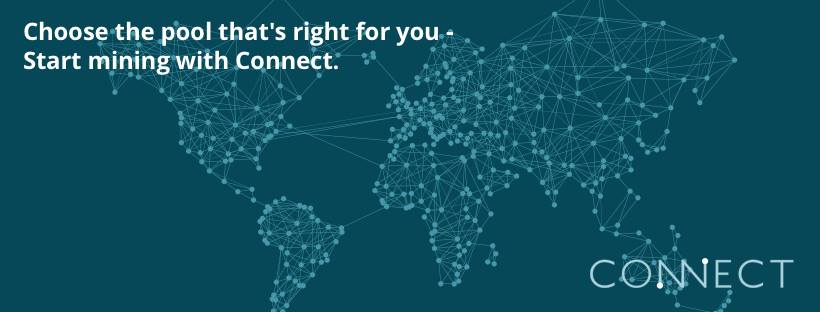
Bitmaintech Israel, Bitmain’s first R&D center outside of China, has launched to the public ConnectBTC, a new Bitcoin mining pool.
The latest product of Bitmaintech Israel’s lab, ConnectBTC aims to become “the new home for miners.”

ConnectBTC operates under a robust infrastructure and employs the latest cutting-edge technologies to allow members to maximize their profit and minimize the work required, the company claims. The pool charges 0% on pay per share (PPS) and subsidizes members with an additional 6% for a total of 106% of the block reward.
The pool provides detailed real-time information and analytics to miners and gives mining operators a better understanding of their performances, without the need to develop custom internal monitoring tools.
“Our role as pools is to provide miners with liquidity and stability,” Gadi Glikberg, manager at ConnectBTC, said. “We provide miners with real time data in an easy to use UI, while keeping payment plans simple and stable.”
“In recent years, pools have come up with imaginative new payout methods that confuse customers and displace risks back to the miners. High subsidies on regular PPS plans allow miners to benefit from the increase in transaction fees while avoiding any risks.”
Founded in 2013, Bitmain Technologies develops and sells the world’s leading bitcoin miners using Bitmain’s ASIC chip technology.
In May of 2016, the company released the Antminer S9, the world’s first consumer-grade bitcoin miner based on a 16nm process ASIC chip and the most power-efficient bitcoin miner.
Bitmain is one of most recognizable companies in the cryptocurrency space and the proud parent of several brands, among them Antminer, Antpool, one of the world’s leading mining pools that mines about 15% of all blocks, and Hashnest, another cloud mining platform launched in 2014 in collaboration with Umisoo.
Bitmain is headquartered in Beijing and has offices in Amsterdam, Hong Kong, Tel Aviv, Qingdao, Chengdu and Shenzhen.
Pooled mining is a mining approach where multiple generating clients contribute to the generation of a block, and then split the block reward according to the contributed processing power. The practice emerged when the difficulty for mining increased to the point where it could take years for smaller miners to generate a block.
